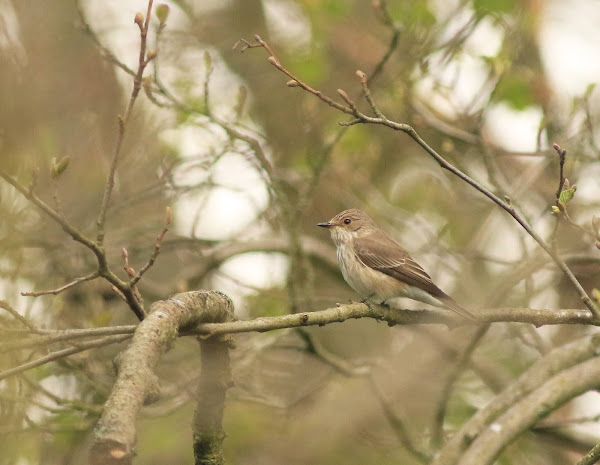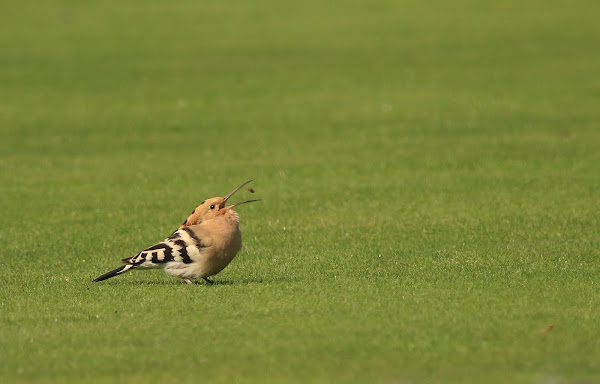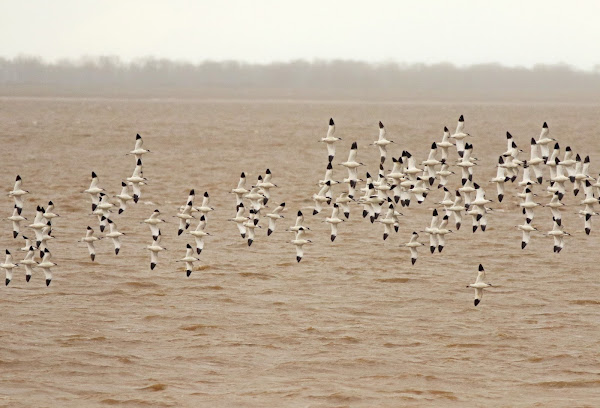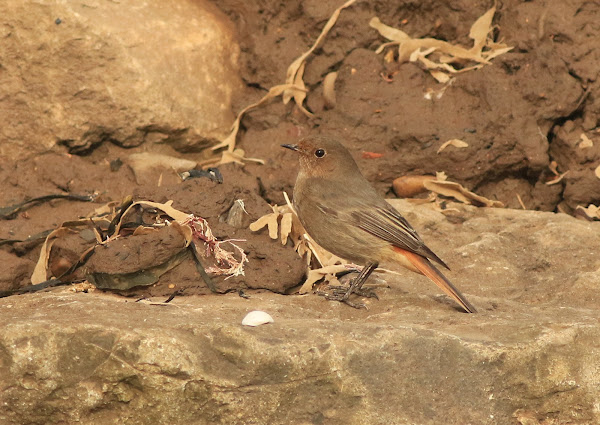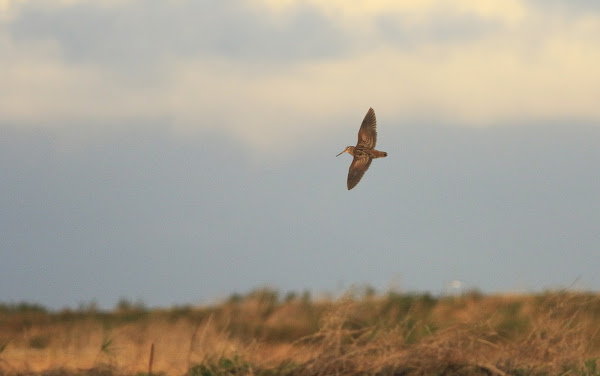My favourite sound of the North York Moors - the laconic, distracted song of the Common Redstart. They seem to be well distributed in suitable habitat this year, here's hoping for a successful breeding season. @WoldEcology @ZEISSBirding @YCNature pic.twitter.com/ddl6woZhdU
— Mark James Pearson (@Markthebirder) June 11, 2021
Plenty of migrants to enjoy on our @YCNature Coastal days this April despite the sunshine (!), including Ring Ouzels, Short-eared Owl, lots of Wheatears, Bramblings, Bar-tailed Godwits, Grasshopper Warbler, White & Yellow Wags and much more. See here: https://t.co/47WWtgBOq4 pic.twitter.com/pJCSSIyJgs
— Mark James Pearson (@Markthebirder) May 1, 2021
After heroically avoiding Rosy Starlings and Bee-eaters in recent days and finding sweet f.a. at #Filey & @FlamboroughBird, I found both, fresh-in, from the same spot in 90 seconds today at the latter's Lighthouse.... never give up, kids! pic.twitter.com/MZiiU7YLsQ
— Mark James Pearson (@Markthebirder) June 3, 2021
It's my tenth year monitoring the Kittiwakes (and now also Cormorants) up here on the #Filey cliffs for @Natures_Voice, and it's so far, so good this season with lots of eggs and chicks - I even had the privilege of watching one hatch while monitoring 😍 pic.twitter.com/NHkQSnO4vY
— Mark James Pearson (@Markthebirder) June 19, 2021
So, with the benefit of hindsight and the clarity of reflection, it was an absolute stormer of a spring from a local perspective - full-on, rich and varied, with a hatful of self-found gems as extra sparkle. I do enjoy putting together these summaries, sometimes......
Do I mention how the period ended? Or do I save it for the next summary, covering July, August and September? Here's a clue, anyway.....
Wonderful to catch up with this Black-browed Albatross this a.m - (presumably) the same I had almost a year to the day ago off #Filey and a couple of years back, again @Bempton_Cliffs..... pic.twitter.com/hNebuCbtCS
— Mark James Pearson (@Markthebirder) June 29, 2021




